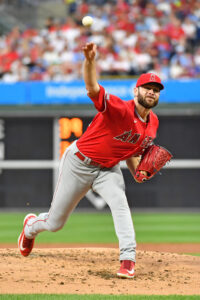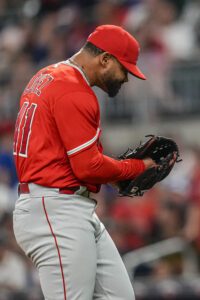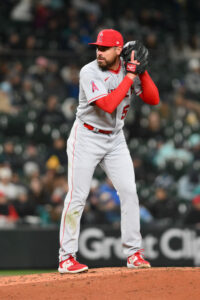The latest episode of the MLB Trade Rumors Podcast is now live on Spotify, Apple Podcasts, and wherever you get your podcasts! Make sure you subscribe as well! You can also use the player at this link to listen, if you don’t use Spotify or Apple for podcasts.
This week, host Darragh McDonald is joined by Anthony Franco of MLB Trade Rumors to discuss…
- The Dodgers signing Yoshinobu Yamamoto and what’s next for the teams that missed (0:55)
- Red Sox agreed to terms with Lucas Giolito and then traded Chris Sale to the Braves for Vaughn Grissom (7:50)
- The Royals spreading money around to various players (16:10)
- The Blue Jays sign Kevin Kiermaier and Isiah Kiner-Falefa (20:25)
- Mariners sign Mitch Garver (26:05)
- Reds sign Frankie Montas (28:35)
Check out our past episodes!
- Tyler Glasnow, Jung Hoo Lee, D-Backs’ Signings and the Braves’ Confusing Moves – listen here
- Shohei Ohtani, Juan Soto and Deferred Money – listen here
- Winter Meetings, Ohtani Secrecy, and the Mariners Shedding Salary – listen here
The podcast intro and outro song “So Long” is provided courtesy of the band Showoff. Check out their Facebook page here!




